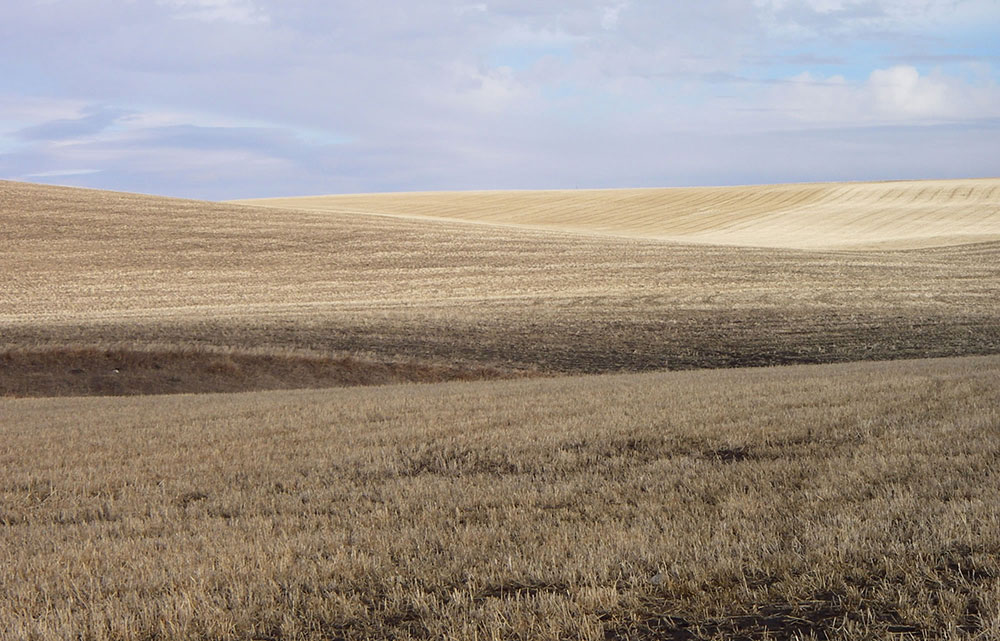When it comes to resistance management, what’s the number one thing we’ve been told to do over the past several years? Rotate your herbicide groups.
Then from there, we’ve moved to adding multiple modes of action into the same tank mix.
However, researchers have found herbicide layering may offer you the best chance at reducing your overall resistance risk.
The idea behind layering is to use multiple herbicide groups and actives at different application timings to control the same resistance-prone weeds in the same fields.
Unlike straight tank-mixing, herbicide layering doesn’t require you to spray all your active ingredients within the same tank load. Instead, it’s different application timings. You may start with a pre-seed application of multiple herbicide groups before following up in-crop with a completely different set of groups.
Nolan Kowalchuk, Technical Sales Manager at FMC of Canada, recommends growers start their herbicide layering program by applying an extended control, pre-emergent herbicide – such as Focus® (Group 14 and 15) – at pre-seed timing.
Once activated by rain or moisture, pre-emergent herbicides create a protective “barrier” within the top layer of soil that controls weeds as they germinate. This herbicide barrier can help cut back resistant weed populations right out of the gate.
“Just as an example – if you’re dealing with Group 2, 4 or 9-resistant kochia, applying a pre-emergent product like Focus® herbicide with glyphosate gives you Group 14 activity on any emerged, resistant kochia and Group 15 activity on resistant kochia that’s germinating or about to emerge,” explains Kowalchuk.
He adds that the pre-emergent herbicide does a lot of the heavy lifting up-front, which allows your in-crop herbicide to be more effective and reduces the chance of more resistance issues cropping up.
Traditional Group 2 products can still fit in other areas of a grower’s herbicide program, as they control perennial weeds, like narrow-leaved hawk’s-beard and dandelions, where there are few herbicide options.
But in addition to perennial weeds, growers may have resistant wild oats, kochia or cleavers in their fields. This is where layering in pre-emergent herbicides can help provide a valuable first line of defense on those resistant weeds.
“Ideally, you’ve got newer modes of action in your pre-emergent herbicides controlling the resistant weeds and the traditional Group 2s working on weeds like hawk’s-beard and dandelion,” he says. “And by layering in pre-emergent products for your resistant weed populations, you’re covering parts of your weed spectrum that other modes of action can’t manage as effectively.


